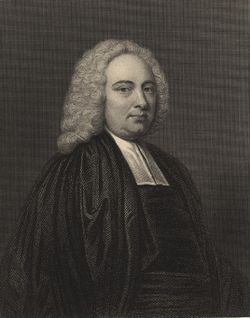Aberration of Light
Now 60 kilometers a second is pretty fast compared to freeway speed limits or even the velocity of Earth satellites, but it's only 0.02% of the speed of light. However, by Bradley's time the art and science of measuring the positions of stars had advanced to such an extent that he was able to observe the mere 41 arc-second displacement of the apparent position of stars due to aberration.
This effect leads to the bizarre consequence that, in order to view a particular star, you must actually be looking slighty to the side of the star's "true" location. Your view is therefore aimed at empty space, but what you end up seeing is the image of the star.
It wasn't until 1837 that astronomers managed to measure the much smaller parallax of the nearest stars. The classical aberration of light discovered by Bradley must be taken into account whenever accurate positions of objects in the sky are calculated.
